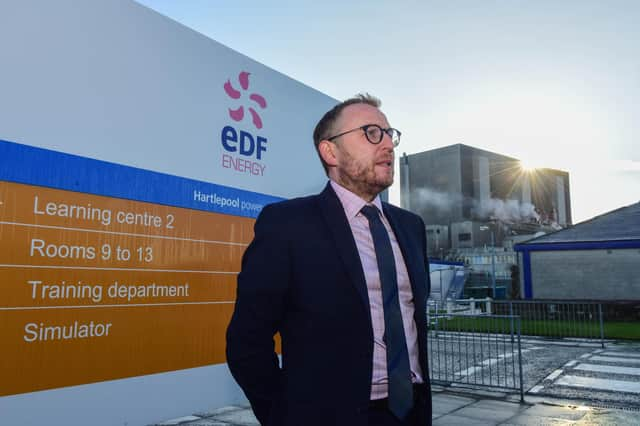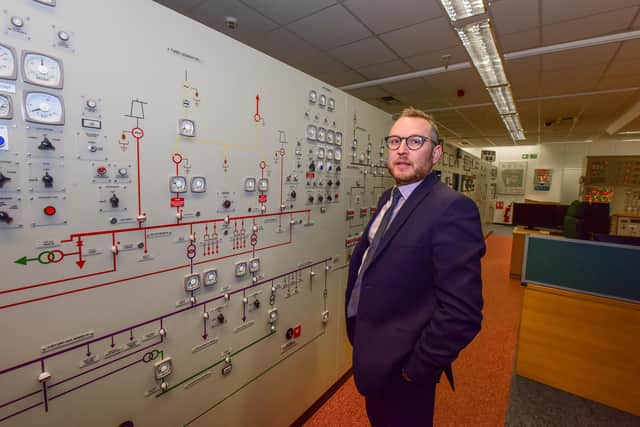Reactor is back online as Hartlepool nuclear plant helps to power two million homes


Amid the coronavirus crisis, staff at Hartlepool power station are still playing their part in powering the UK and keeping the country’s vital services operating after reactor 2 returned to service following a short shutdown.The restart follows planned maintenance work and refuelling, and it can now continue delivering safe and secure low-carbon electricity at a time when the country needs it most.Hartlepool power station is now providing enough power for around two million homes.
Station director, Craig Dohring, said: “I would like to thank all the staff, and contract partners, in returning the reactor to full power during these difficult and challenging times.
Advertisement
Hide AdAdvertisement
Hide Ad“A huge amount of work has gone into ensuring we can continue to provide low-carbon electricity to homes and industry.”


He told how the site had looked after vulnerable staff over the past few weeks and that meant the remainder could safely and professionally manage the operation of the station during the Covid-19 crisis.
Craig said: “It is an unprecedented situation for all of us, but we are working through our well-rehearsed plan to ensure we look after our staff and contract partners, and then make sure we can continue to keep the site running and producing low-carbon electricity.”EDF is working with National Grid to make sure the country has enough electricity, and with its key regulators the Office for Nuclear Regulation (ONR) and Environment Agency, as the site adopts flexible working patterns to reduce the overall footfall.
The site has introduced thermographic temperature monitoring – which is a method of detecting temperatures without contacting the measurement object – at the site entrance in addition to improved hand washing facilities.Craig said: “We know that we also have a wider role to play as our staff’s support is crucial to local shops and businesses, one that is vital at this time. With a wage bill alone of £40m that is a huge part of the local economy.”